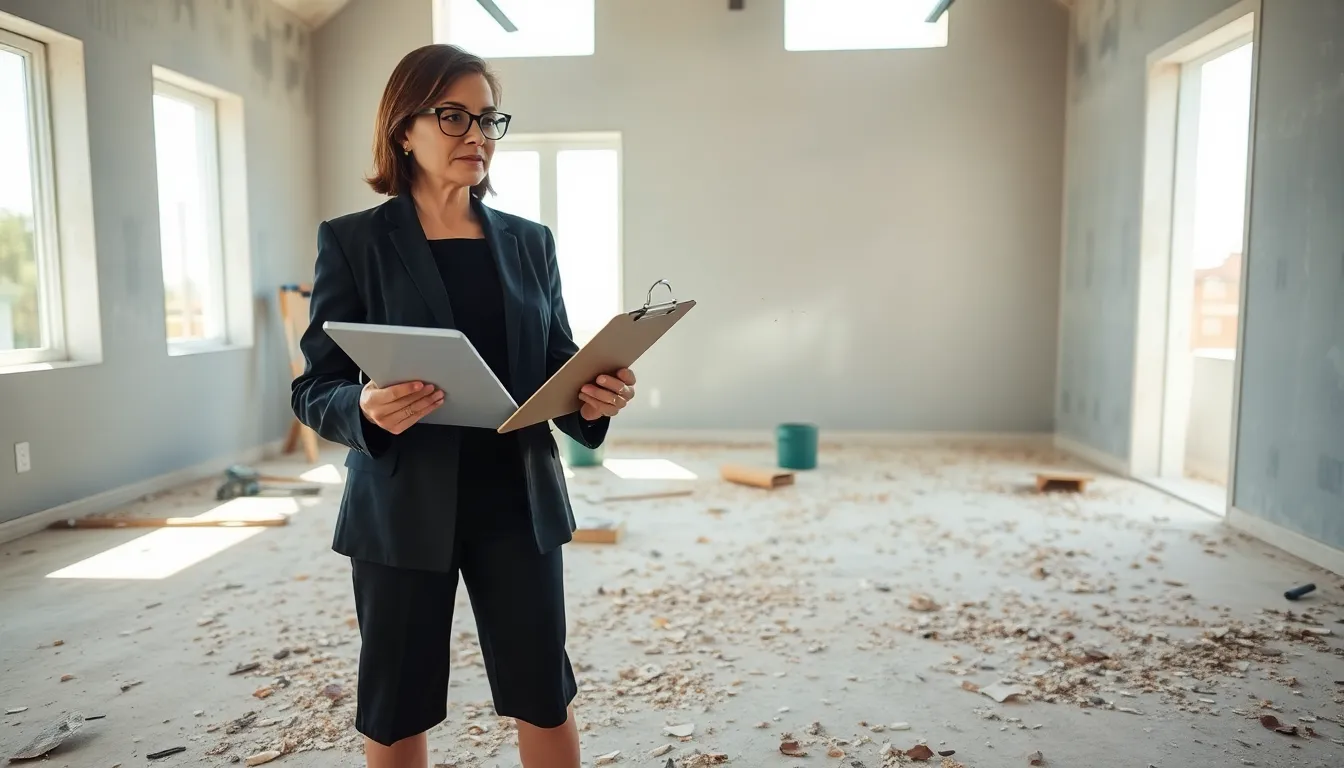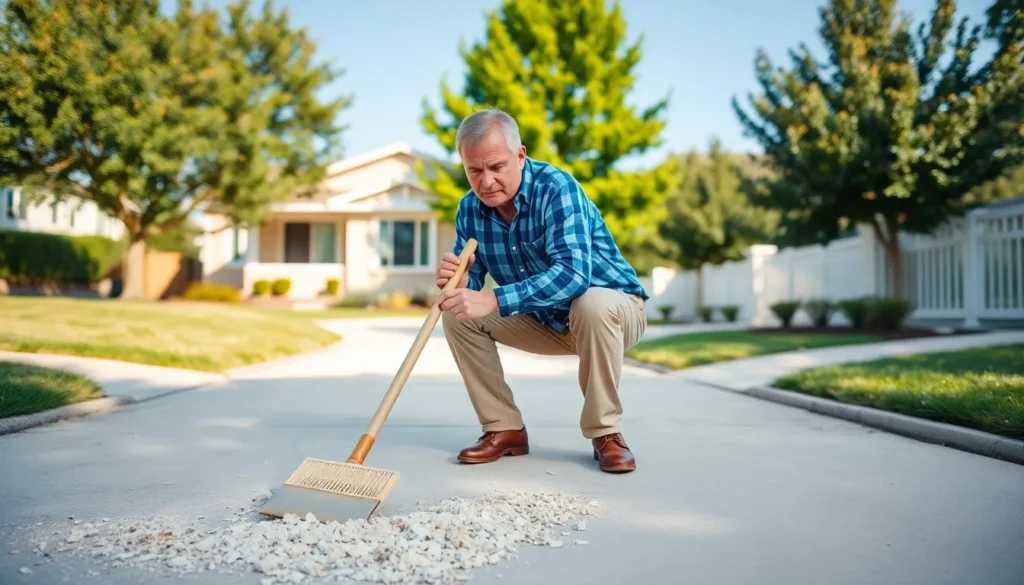Table of Contents
ToggleWhen buying or selling property, understanding the hidden factors that can affect your investment is crucial. Among these, dust and debris may seem minor, but they can have significant implications on property value and livability. This guide will investigate into the origin, effects, and management of dust and debris in real estate, ensuring you’re well-informed during your next transaction.
Understanding Dust And Debris in Real Estate

Dust and debris encompass a variety of materials that can accumulate in both residential and commercial properties. This includes everything from construction residue, like drywall dust and insulation fibers, to natural elements such as pollen and leaves. Understanding the nature and existence of these particles is essential for real estate professionals, property buyers, and sellers alike.
Dust is primarily composed of tiny particles that can originate from various sources, while debris refers to larger fragments, often the result of renovations or deteriorating building materials. In real estate, both dust and debris pose not only aesthetic issues but also affect health and safety standards.
Common Sources of Dust And Debris in Properties
Identifying the sources of dust and debris is the first step in managing their impact. Common culprits include:
- Construction and Renovation: These activities produce significant amounts of dust and debris, with drywall, wood, and insulation being primary contributors.
- HVAC Systems: Poorly maintained heating, ventilation, and air conditioning systems can circulate dust throughout a property, leading to a significant accumulation of particles.
- Natural Elements: Leaves, soil, and pollen can infiltrate homes through open windows or doors, contributing to indoor dust levels.
- Daily Activities: Everyday tasks, like cooking or cleaning, can stir up dust, making regular maintenance essential.
Impacts of Dust And Debris on Property Value
Dust and debris can quietly undermine property value in several ways:
- Health Concerns: Dust can harbor allergens and pollutants that may lead to health risks. This becomes a red flag during property inspections, potentially decreasing buyer interest.
- Aesthetic Appeal: Accumulated dust and visible debris can detract from the overall appearance of a property. First impressions matter, and a dusty environment can lead to lower valuations.
- Maintenance Costs: Properties with high dust levels can require more frequent cleaning and maintenance, raising ongoing costs for the owner, which can deter potential buyers.
Understanding these impacts is vital for both sellers aiming to enhance their offering and buyers looking to safeguard their investment.
Effective Dust And Debris Management Strategies
Managing dust and debris effectively requires a proactive approach. Here are some strategies:
- Regular Cleaning: Establish a routine for cleaning surfaces, including floors, windows, and air ducts to minimize dust accumulation.
- Landscaping: Maintain outdoor areas to prevent leaves and dirt from being blown into properties. Consider hardscaping to reduce dust from soil.
- Air Quality Improvement: Use air purifiers with HEPA filters to help trap dust particles and allergens, improving indoor air quality.
- Proper Ventilation: Ensure that HVAC systems are regularly serviced and adequately ventilated to reduce dust circulation.
Best Practices for Buyers and Sellers
For buyers and sellers, being aware of dust and debris is crucial:
For Buyers
- Conduct Thorough Inspections: Inspect properties not just for structural integrity but also for dust and debris. Look for signs of neglect in HVAC systems or excessive dust build-up.
- Inquire About Maintenance Records: Ask for history on cleaning and maintenance protocols related to dust management.
For Sellers
- Improve Aesthetics: Regularly clean and maintain the property to enhance visual appeal. Consider deep-cleaning services to clear out accumulated dust.
- Provide Documentation: Create a maintenance log that includes dust and debris management efforts. This proactive measure can instill confidence in potential buyers.
When to Seek Professional Help
Sometimes, managing dust and debris requires the expertise of professionals. Consider seeking help when:
- Severe Allergens are Present: If health issues arise related to dust, consulting an air quality specialist can provide guidance on mitigation.
- Renovations Left Excessive Debris: After significant construction work, professional cleaning services can be invaluable in removing hazards effectively.
- Historical Properties: Older homes may have unique dust and debris challenges. Consulting a specialist can ensure these issues are addressed without damaging the historical integrity.
Conclusion
Managing dust and debris is an often-overlooked aspect of real estate that can significantly impact property value and health. By understanding the sources and implications of these particles, property buyers and sellers can take proactive measures to ensure clean, healthy, and appealing spaces. Through regular maintenance and professional assistance when necessary, the impact of dust and debris can be effectively managed, leading to smarter real estate decisions.







